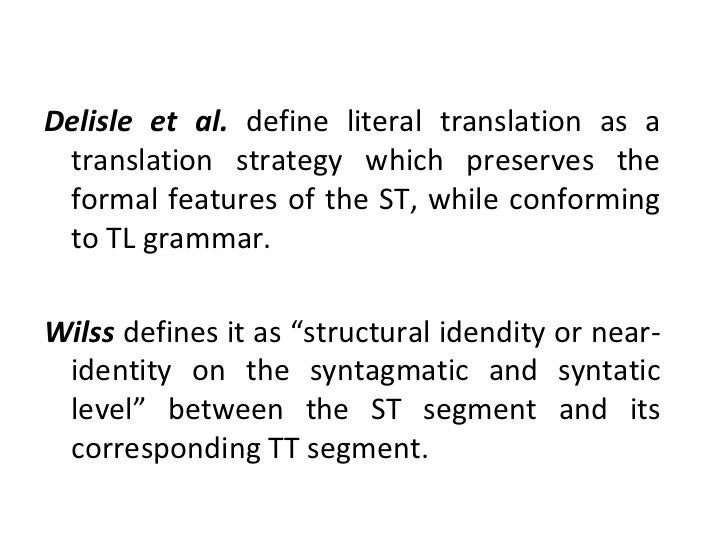

They’re factual in nature and occasionally persuasive, so they should be translated idiomatically but also precisely, with no omissions or additions of meaning. ATA certification exam passages tend to be drawn from periodicals, textbooks, or reports published by governments and think tanks. The notion of a continuum is important because it implies there’s room for flexibility, depending on the text type and the purpose of the translation. Her ideal target text is an “idiomatic translation,” defined as one that makes “every effort to communicate the meaning of the source language text in the natural forms of the receptor language” 1 (See Figure 1.)įigure 1: Mildred Larson’s representation of translation styles along a continuum In her 1997 book Meaning-Based Translation: A Guide to Cross-Language Equivalence, Mildred Larson, an international translation consultant and international coordinator for academic publications, represents translation styles along a continuum with several gradations. Theories about what makes a good translation have evolved tremendously over the centuries, bouncing back and forth between strict adherence to the source-language structure, especially in sacred texts, and a sense-for-sense approach that paid more attention to usability in the target language.

This column will clarify the difference between an excessively literal translation and a precisely accurate one, and between an overly free translation and an idiomatic one. Even those who aren’t susceptible to this myth might wonder how much latitude they have when translating a given text. A common misconception about ATA’s certification exam is that candidates must translate literally or word-for-word to be successful.


 0 kommentar(er)
0 kommentar(er)
